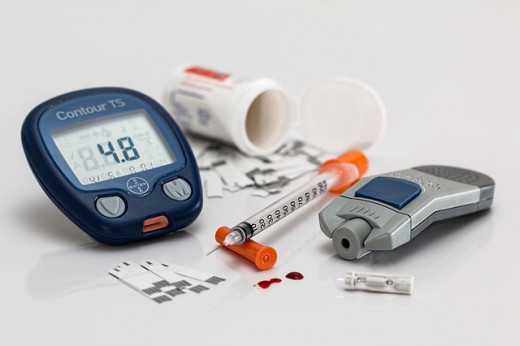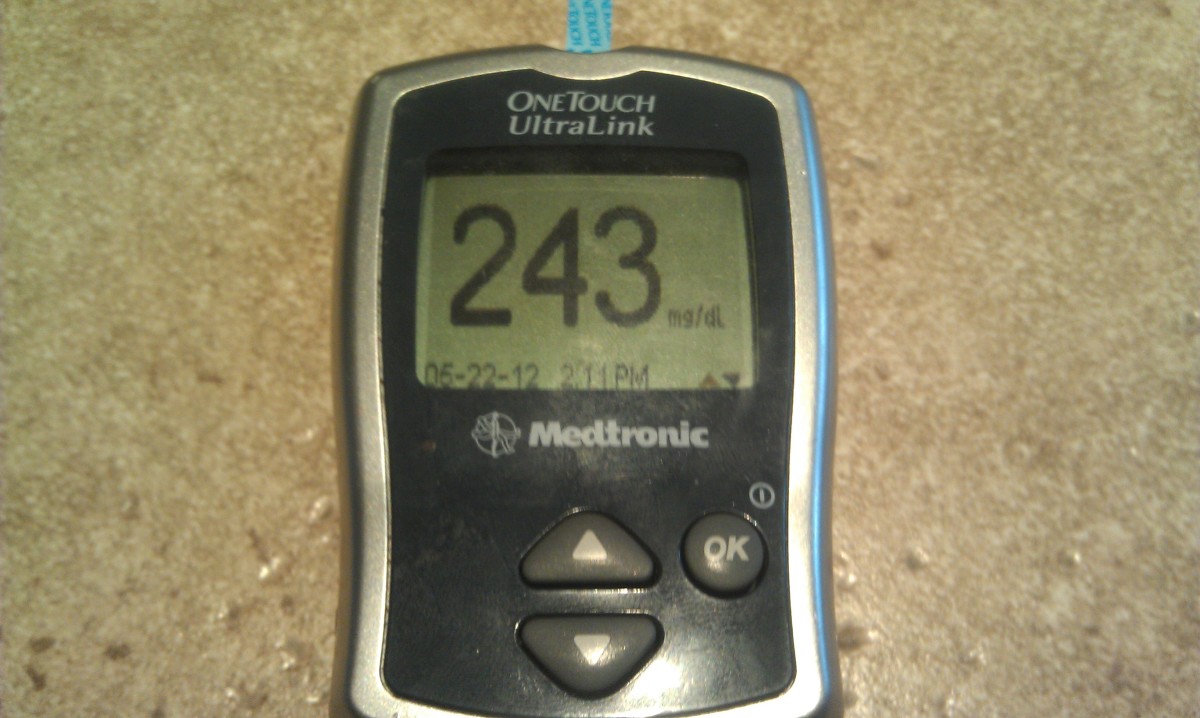How To Test For Diabetes And Go For Appropriate Diet Options
Understanding how diabetes develops, being familiar with the causes and symptoms of diabetes, presents a signal to you in case you have been infected with the disease. But do you know how to test for diabetes? Symptomatic indicators of the disease may only be observed at a later stage of disease progression, diagnostic tests for diabetes are enormously helpful to validate blood sugar concerns. There are a number of tests for diabetes that are readily available.
Glucose tests are the primary form of clinical procedure used by doctors to determine if there is an abnormal concentration of glucose in your blood. Irregular increases of blood sugar beyond the acceptable levels may clinically indicate diabetes in the person. Lets take a look of the different types of blood sugar screening process to test for the disease.
Fasting Blood Glucose
This seem to be the most popular test for diabetes. As a pre-requisite, you will be required to refrain from eating any solid food and beverage except for water for 12 - 14 hours before checking your blood glucose levels. Test results beyond the 70-100mg/dL normal range may indicate diabetes.
Random Glucose Test
In a random blood sugar test, fasting from food is not necessary while blood glucose levels are checked at different intervals within the day. If you have diabetes, you will exhibit high fluctuations of blood sugar levels compared to a fairly stable test result from those without diabetes.
Oral Glucose Tolerance Test
This form of blood sugar screening requires you to fast and later to drink a high glucose beverage while blood samples are checked at fasting at after a high glucose drink at 1 - 2 hours period. This test is frequently used to check for diabetes that occurs among pregnant women also called gestational diabetes. The normal range for oral glucose tolerance test is not more than 100mg/dL for the fasting phase, less than 180mg/dL for the first hour and 150mg/dL for the second hour after the glucose drink.
Diabetic Diet Options
While there is no such thing as diabetic diet, a healthy diet can definitely help prevent and even reverse diabetes. Diets are often associated with stringent eating habits and bland food choices. However, it can be simple as choosing the right kinds of food to eat and knowing the wisdom behind such choices. Understanding how certain foods affects glucose response is necessary if you want to keep your blood sugar level within normal limits.
Reduce sugar intake. Since diabetes is a disorder in the body’s ability to use blood sugar effectively, you don’t want to keep under utilized blood glucose accumulating in your system. This includes cutting down high glycemic foods consumption that can induce a fast boost of blood sugar in your bloodstream. Eating sugary foods such as sweets, pastries, white bread, rice, soft drinks and powdered juices must be substantially reduced if not totally eliminated. This also means cutting back on the amount of sugar in recipes or substituting it with natural alternatives like stevia.
Eat high fiber foods. Slow-release carbs are foods that have high fiber content that are digested much longer providing more sustained energy resulting to steady blood sugar levels. These include whole grain bread, green leafy vegetables, brown rice, and oatmeal. Foods that riched with fiber will aid in blood sugar levels regulation. In addition, fiber-rich foods may also reduce the potential risk of getting heart related illnesses that typically connected with diabetic issues.
Eat healthy fats. Incorporating healthy fats into your diet can be a very effective strategy in curbing sugar cravings. Good plant and fish sources of healthy fats are nuts and seeds like cashew nuts, pine nuts, peanuts, flaxseed, as well as avocado, olive oil, tuna and salmon. Cooking with olive oil instead of butter or eating fish two to three times a week are some options you can take to increase your consumption of healthy fats.
Making these important diet considerations will not only help you slow down the progression of diabetes but may altogether reverse the disorder when complemented with other lifestyle changes. By transforming your eating habits you are on your way to gaining control of the disease.









